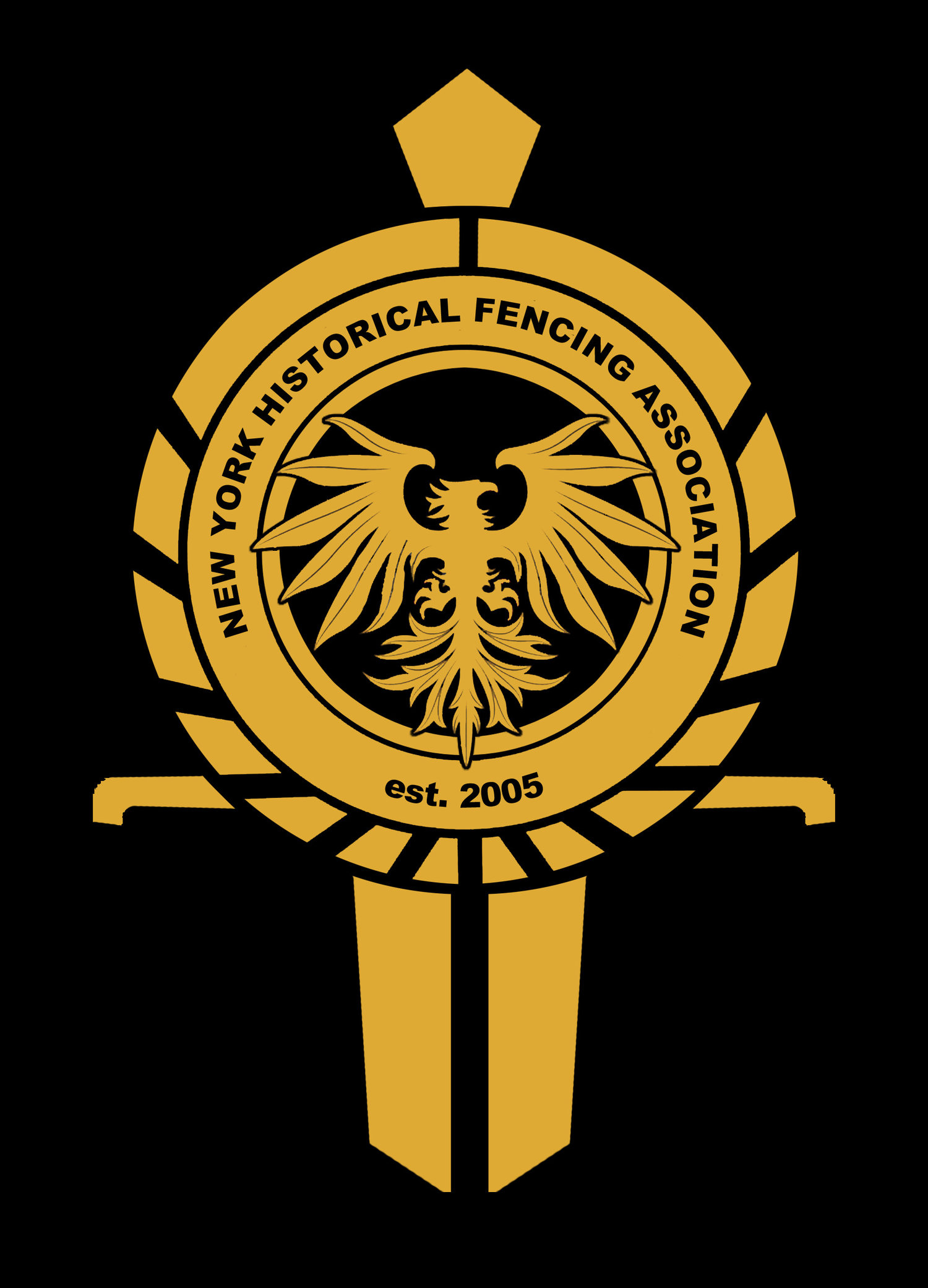The Paradox of Strength
Over many years of teaching historical fencing, I noticed that small framed people tend to have problems with the application of body mechanics, specifically cutting. This made me realize that the way people think of strength and power may not be optimal for applying to historical fencing.
When we think of power or strength, we tend to think of the upper body—the biceps, triceps, lats, etc. Students of historical fencing learn early on (or should) that the upper body should not be were power comes from. Power should come from the core, provided mostly by the hips and legs. But this is only part of the picture, and ignoring the rest of it can result in unrealistic expectations and unfulfilled potential, particularly among small framed people.
The reason you cannot use most of your upper body muscles for power is because to use a muscle you have to tense it, and tensed muscles are slow muscles. Slow muscles lead to slow hews, and slow hews don’t cut. Also, some parts of your body, like your shoulders, distort the trajectory of your hews, which makes them ineffective. But before you can effectively bring your core to bear, you need to develop your upper body strength. In particular, forearms and shoulders, but all the other muscles too.
This may seem confusing—you don’t use upper body strength to hew, but you need upper body strength to hew effectively. A simple way of looking at it is as follows: you need enough upper body strength to make holding and moving the sword almost effortless. Once you have that, you can effectively utilize your core power. If you don’t have that, you can’t.
Consider this: if tense muscles are slow muscles, and your arms are so weak that holding the sword strains them, then you will tense your arms to apply what little strength you have to control the sword. And that will take whatever power your core develops and nullify it almost completely.
How do you know if you have this problem? Put away your sword and get a wooden dowel. It should be about the same length and it should weigh as little as possible. Then, with your dowel, go to your instructor and show him/her your cutting mechanics. Take a few swings, etc. If you suddenly look and feel great and seem to do everything right (or at least more right than before), then your problem is upper body strength. If you don't have an instructor handy, you can self diagnose using a mirror or just being aware of what your body is doing. Recording video of yourself can also help.
Here is a good diagnostic technique: hold the sword in various positions with one hand and use the other to feel where the working arm and shoulder are tense, and how much. The more tension in a muscle, the more you need to work on that muscle.
So if you are having a problem generating power, and this information resonates with you, you have work to do. Build your upper body strength! You won’t need a lot. You don’t need to get swole or build huge hulking muscles. You just need enough so that you don’t strain holding your sword.
Although specific instructions are beyond the scope of this article, here are some suggestions:
1. Work with a heavy trainer, such as a weight bar, wood splitting axe (be careful!) or similar object. My battodo dojo has "Bubba," a 4x4 with a handle. You can make one at home, or buy something similar.
2. Various weight and/or kettle bell exercises. Farmer’s walks, forearm curls, etc.
3. Pull up bar exercises. Just hang on a pull up bar for as long as you can, repeat, etc. Slowly build towards full pull ups, but don’t stop hanging. While hanging, loosen and tense your hands to pull yourself up by your fingers. Focus on the bottom fingers.
Whatever you end up doing, do it until your sword feels like air. Then whatever problems you had with cutting will disappear. Good luck!
